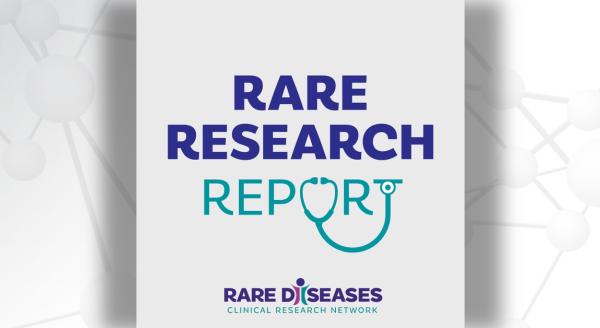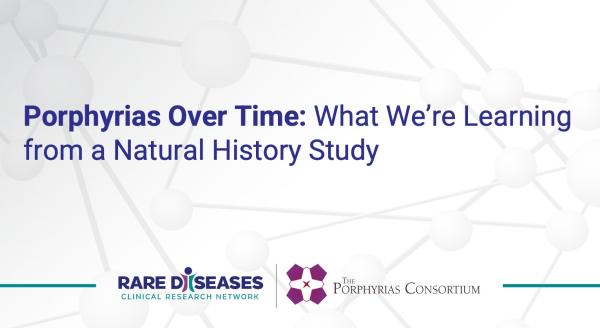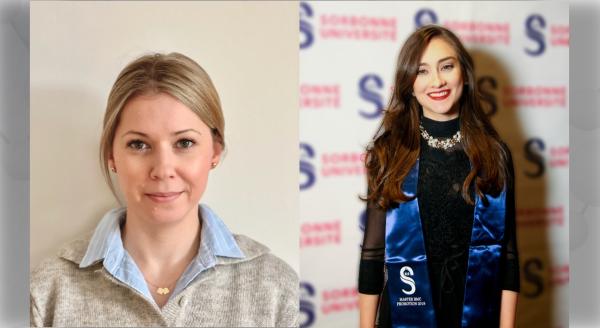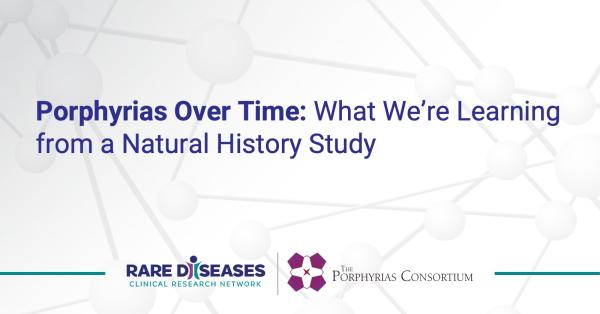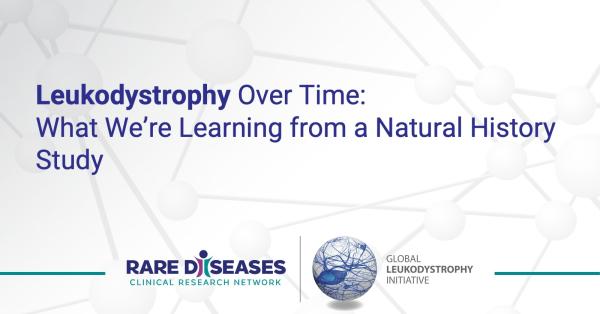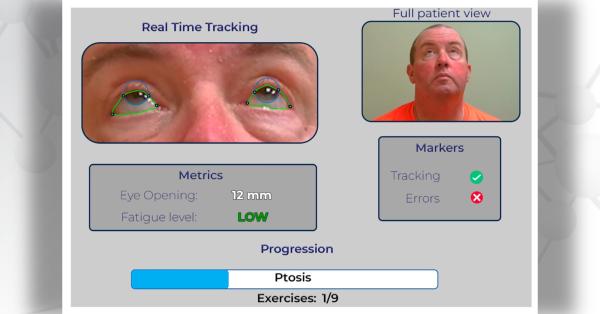
Don McClain, MD
At its annual face-to-face meeting October 6-7, 2010, Clinical and Translational Science Award (CTSA) PIs met with representatives of the various institutes and centers on the NIH's Bethesda campus. NIH Director Francis S. Collins presented broad outlines of an emerging plan for clinical research outreach that will depend on CTSAs for implementation.
The CTSA program comprises an eventual 60 institutes centered in major academic medical centers which will support clinical and translational research.
At the conference there was also a renewed focus on the Clinical Research Units, the facilities formerly called General Clinical Research Centers, which are now folded into the CTSAs. Dr. Don McClain of the University of Utah and Dr. Arlene Chapman of Emory University conducted a recent survey of utilization and activity on the CTSAs, focusing also on the extent of the value of these facilities. The survey unexpectedly documented that the Clinical Research Units of the CTSA are currently leveraging an astonishing $1.6 billion dollars of research awarded by the NIH Institutes and Centers by housing its conduct within their facilities.
RDCRN Consortia also leverage resources of the CTSA program to conduct their research protocols and help advance many aspects of the RDCRN. The continued partnering of the CTSAs with the RDCRN will be critical to the success of both entities and is strongly encouraged by the directors of both of these NIH-supported programs.
On another front, the CTSA leadership highlighted one of the new programs on the NIH campus that has great promise for those involved in drug discovery for rare diseases. Christopher P. Austin MD, director of the NIH Chemical Genomics Center, presented the rationale of the drug discovery program of the National Center for Translational Therapeutics. This includes use of robotic "assays' to identify candidate drugs and also a program of repurposing existing approved drugs that are believed to have additional useful mechanisms that might benefit human diseases.
The program gave rise to the Therapeutics for Rare and Neglected Diseases (TRND) initiative for which grant proposals are solicited. More information about TRND is available at: http://www.genome.gov/27531965
Additional information on the Clinical and Translational Science Awards program can be found at https://ncats.nih.gov/ctsa/


